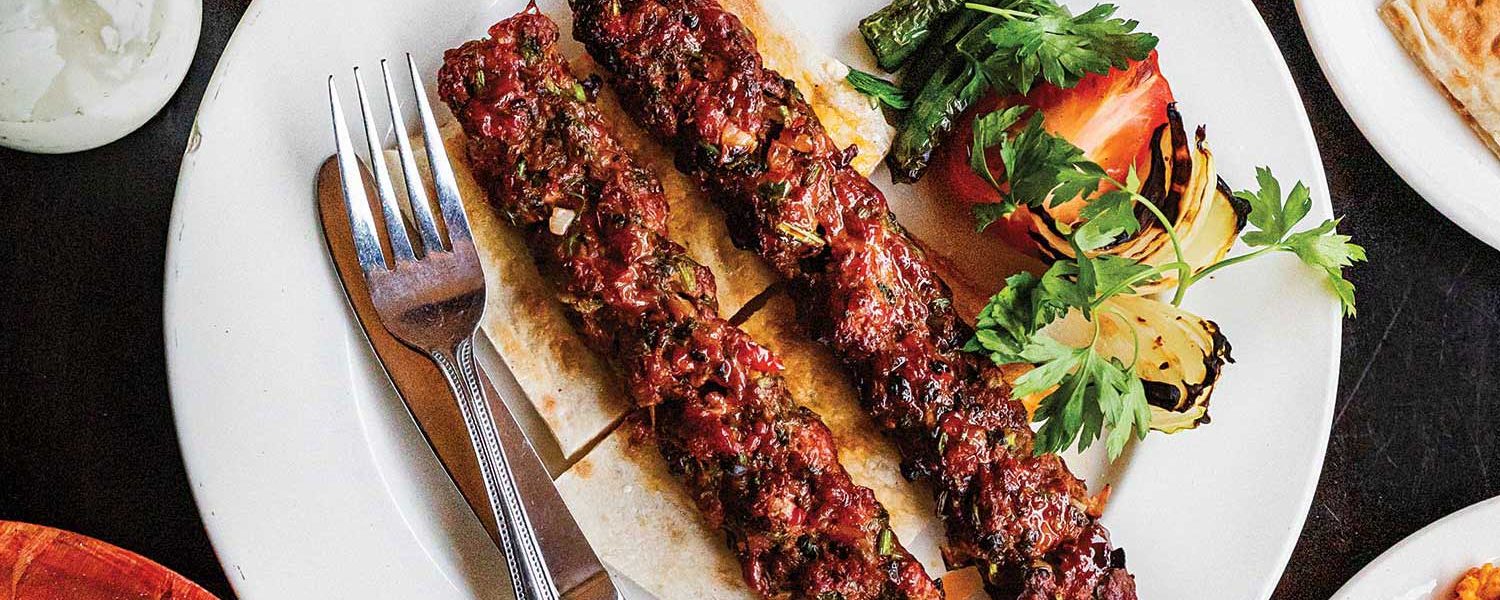
Exploring the Unique Charms of Turkish Cuisine VS Other Mediterranean Delights
When it comes to indulging in Mediterranean cuisine, one might initially think of classic dishes from Italy, Greece, or Spain. However, hidden within the diverse tapestry of the Mediterranean region lies the rich and distinctive cuisine of Turkey. Stepping into a Turkish restaurant, one is immediately transported to a world of vibrant flavors, intricate spices, and a unique blend of cultures. In this blog, we’ll delve into the nuances that set Turkish cuisine apart from its Mediterranean counterparts in a restaurant setting.
A Fusion of Cultures on the Plate
Turkish cuisine serves as a mesmerizing reflection of the country’s history and geographical location. Straddling the crossroads of Europe and Asia, Turkey’s culinary heritage is a mosaic of influences from Central Asia, the Middle East, the Mediterranean, and the Balkans. This fusion is vividly apparent in its dishes. In comparison, other Mediterranean cuisines often draw from their own specific regional influences, leading to subtle differences in flavor profiles.
The Alluring Dance of Spices and Flavors
Turkish cuisine is renowned for its masterful use of spices and herbs. Delicate balances of cumin, sumac, paprika, and saffron create a symphony of flavors that dance on the taste buds. While other Mediterranean cuisines also employ spices, Turkish dishes often incorporate a wider variety and complexity, adding an extra layer of depth to each bite.
Mouthwatering Mezes: Beyond Traditional Appetizers
One of the most distinctive features of Turkish cuisine is its array of mezes – small, flavorful dishes served as appetizers. While other Mediterranean cuisines have their own versions of appetizers, Turkish mezes like dolma (stuffed vegetables), sigara böreği (cheese-filled pastries), and haydari (yogurt-based dip) stand out for their diverse ingredients and bold flavors. These mezes not only tantalize the palate but also provide insight into the country’s culinary history.
Kebabs: A Culinary Art Form
Turkish kebabs are renowned worldwide for their succulence and diverse preparations. From the popular döner kebab to the shish kebabs, the mastery lies in the marination techniques and the unique cooking methods. The use of saffron, yogurt-based marinades, and slow roasting sets Turkish kebabs apart from their Mediterranean counterparts. While other Mediterranean cuisines also feature grilled meats, the distinct Turkish approach elevates these dishes to an art form.
Turkish Sweets: A Gateway to Tradition
No exploration of Turkish cuisine is complete without indulging in its delectable array of sweets. Turkish desserts like baklava, Turkish delight, and künefe boast a unique combination of nuts, syrups, and textures. These sweets are deeply rooted in tradition, with recipes passed down through generations. While Mediterranean desserts are often characterized by the use of honey and fruits, Turkish sweets add a delightful twist that reflects the country’s Ottoman legacy.
Breads: From Simplicity to Sophistication
Bread holds a special place in Turkish cuisine, going beyond being a mere accompaniment to a meal. Simit, the sesame-crusted circular bread, is a street food staple. Pide, often compared to pizza, showcases the mastery of Turkish bakers in creating complex toppings and flavors. While other Mediterranean cuisines also cherish bread, the variety and artistry found in Turkish bread reflect the cuisine’s overall dedication to culinary excellence.
Tea and Coffee: A Culture of Connection
Turkish tea and coffee are more than just beverages; they represent a culture of hospitality and connection. The traditional preparation of Turkish tea involves double-stacked kettles and a unique two-step brewing process. Turkish coffee, served in small cups, holds centuries of tradition in its preparation and reading of coffee grounds. While tea and coffee are enjoyed across the Mediterranean, the rituals and significance attached to them in Turkish culture add a distinctive touch.
Family-style Dining: A Shared Experience
One remarkable aspect of Turkish dining is its emphasis on shared family-style meals. Multiple dishes are presented simultaneously, encouraging a communal dining experience where everyone partakes in a variety of flavors. While communal dining is a common thread in Mediterranean cultures, Turkish cuisine’s focus on a wide array of dishes served in a single meal amplifies the sense of togetherness and celebration.
In conclusion, Turkish cuisine stands as a testament to the remarkable diversity and complexity of Mediterranean flavors. Its fusion of cultures, mastery of spices, and artful preparation techniques set it apart from other Mediterranean cuisines. As you step into a Turkish restaurant, you embark on a culinary journey that unveils the vibrant history, traditions, and influences of this remarkable country. Are you in the mood for Mediterranean fare, and dare to explore the intricate delights of Turkish cuisine? Check out Viva Kebabs and Grill, your Turkish restaurant in Fraser Rise.



